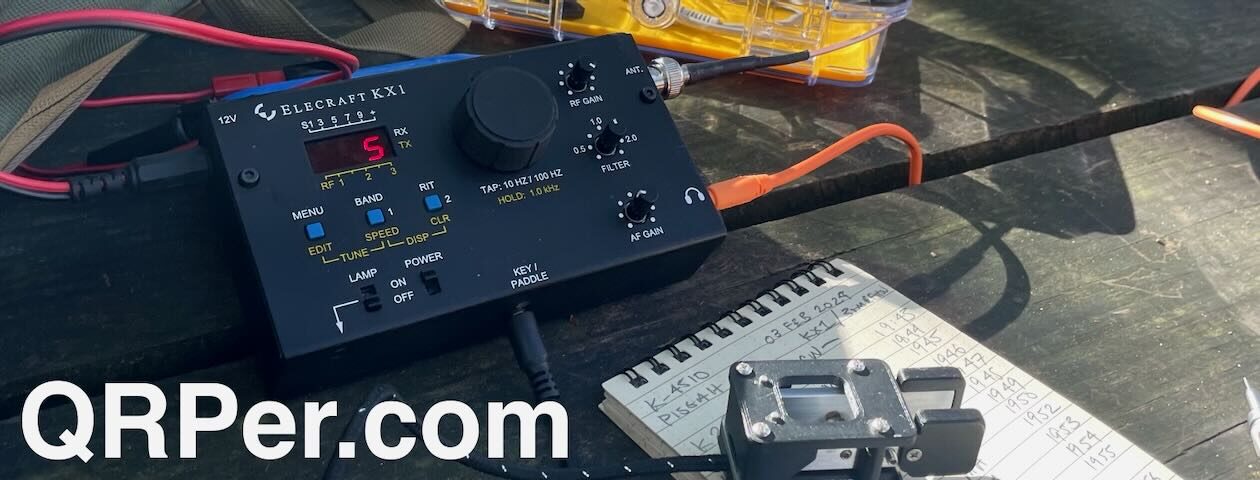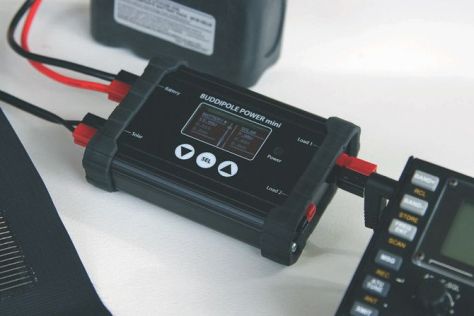 Long-time QRPer.com reader and supporter, Joshua (KO4AWH), runs an Etsy store with a wide range of products primarily designed for field operators. Over the past few months, Joshua has sent me various prototypes for feedback and also to test in the field. You’ll see some of his antennas in upcoming field reports and activation videos. I’m very impressed with his designs.
Long-time QRPer.com reader and supporter, Joshua (KO4AWH), runs an Etsy store with a wide range of products primarily designed for field operators. Over the past few months, Joshua has sent me various prototypes for feedback and also to test in the field. You’ll see some of his antennas in upcoming field reports and activation videos. I’m very impressed with his designs.
If you’re an Elecraft T1 owner, you should be especially interested in his T1 Protection Case.
Joshua sent me an early version of this clip-on case several months ago and it immediately replaced the simple cover I printed from a Thingiverse file. (To be clear, the Thingiverse case served me well for a couple years, but I prefer this one since it doesn’t require a rubber band to hold it on the T1.)
The Elecraft T1 is a hearty little ATU and I don’t worry about damaging it while tucked away in my SOTA pack, but the little buttons on the front are prone to be pushed with any amount of applied pressure. This can result in unintentional operation which can accidentally place it in bypass mode or at least shorten the life of your 9V cell.
The Elecraft T1 is not an inexpensive station accessory and, at the moment, they’re about as rare as hen’s teeth. The lead time on new T1s is counted in months rather than weeks (at time of posting, this is due to vendor board issues).
The Tufteln Protection Case simply snaps on the Elecraft T1 and protects the BNC connectors, ground point, and the front panel buttons.
The case material is durable and adds very little to the bulk of the T1.
Of course, you can’t operate the T1 with the case around it because the BNC connectors are covered, but I have propped up my T1 on the case while using it on rough concrete picnic tables. I’d rather the case be scratched than my T1!
If you own an Elecraft T1 and don’t have a protective cover, I’d encourage you to either print one, or buy Joshua’s T1 case. For years, I simply removed or reversed the 9V battery to keep the T1 from engaging while packed, but that doesn’t protect the buttons and (frankly) it’s a pain to pop the battery out and flip it for each use (then to remember to flip it back when packing away).
The Tufteln case is a simple and affordable ($16.50) solution!
Thanks for sending this to me, Joshua. I dropped my T1 while setting up my TX-500 for Field Day and it protected my favorite little ATU!
Click here to check out the Elecraft T1 Protective Case on Etsy.

























